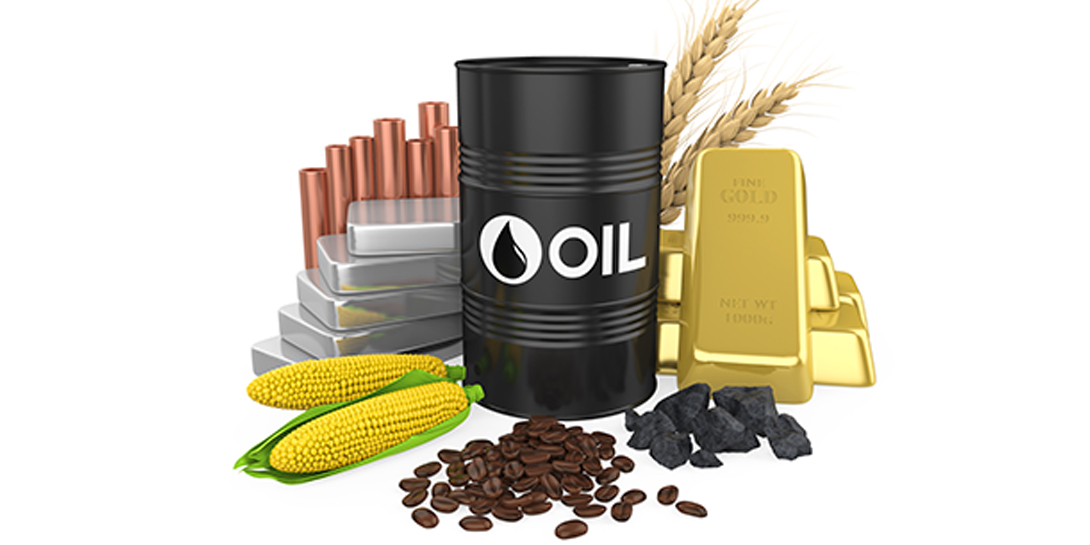Global Commodity Market Timings

Commodity markets are markets where raw or primary products are exchanged. These markets operate globally, with different exchanges having different trading hours. Understanding the timings of different commodity markets can help traders and investors make better decisions and potentially benefit from price movements.
The most well-known commodity market is the CME group (Chicago Mercantile Group) where energy, precious metals, and agricultural products are traded. The CME operates during U.S. market hours, with electronic trading starting at 6:00 p.m. EST Sunday (4.30 a.m. IST) and ending at 5:15 p.m. EST Friday (3.30 p.m. IST). Open outcry trading, where traders physically gather in a trading pit to execute trades, starts at 8:20 a.m. EST (6.50 p.m. IST) and ends at 2:30 p.m. EST (1.00 a.m. IST).
Another major commodity market is the Intercontinental Exchange (ICE) which operates in Europe and Asia. The ICE trades in energy, agricultural products, and soft commodities such as cocoa and cotton. The ICE operates from 8:00 a.m. to 4:30 p.m. GMT (1.30 p.m. to 10.00 p.m. IST).
|
Exchanges |
Trade time |
Trade time in IST |
|
CME – Electronic trading |
6.00 p.m. EST on Sunday to 4.30 a.m. on Friday |
4.30 a.m. on Sunday to 3.30 p.m. on Friday |
|
CME open outcry |
8.20 a.m. EST to 2.30 p.m. EST |
6.50 p.m. to 1.00 a.m. |
|
ICE |
8.00 a.m. GMT to 4.30 p.m. GMT |
1.30 p.m. to 10.00 p.m. |
- Knowing the timings of different commodity markets can help traders and investors take advantage of price movements. For example, if a trader believes that a certain commodity will increase in price, they can buy the commodity during the market hours of the exchange where the commodity is traded, and then sell it at a higher price when the market for that commodity closes.
- Another benefit of understanding commodity market timings is the ability to take advantage of different price movements across different markets. For example, if a trader believes that a certain commodity will increase in price in the U.S. market, but decrease in price in the European market, they can buy the commodity in the U.S. market and sell it in the European market, potentially profiting from the price difference.
- Additionally, understanding global commodity market timings can also help Indian traders and investors to make better-informed decisions when it comes to hedging against price risks. By knowing the timings of different markets, traders and investors can make use of futures and options contracts to lock in prices and reduce their exposure to price risks.
Best Times to Trade in the Commodity Market
Time clearly plays a crucial role in commodity trading as peak trading hours vary according to the commodity. Here are some of the suitable trading times for the commodity market-
- Opening Hours: The first few hours after the commodity market opens are considered to be a good time to trade. Due to high liquidity and trading volumes, entry and exit during this period is convenient.
- Overlapping Trading Hours: When the trading hours or two or more markets overlap is also a good time to trade in the commodity market. The overlap between two markets might increase trading activity.
- Economic Data Release: Data release such GDP numbers, interest rate changes, etc has an effect on commodity prices. Commodity trading during such a time can offer opportunities to capitalise on sudden price movements.
- Seasonal Factors: Demand for certain commodities depends on seasonal factors such as agricultural cycles and weather patterns.
- Volatile Periods: Volatility in any market is a challenging period, however, increased market volatility can lead to price fluctuations which might help to profit from price movements.
It is important to note that while understanding commodity market timings can provide potential benefits, it is also important to consider other factors such as global economic conditions, geopolitical events, and supply and demand factors that can affect the price of commodities.
Further, it is also important to note that trading in commodity markets can be risky and traders and investors should have a well-diversified portfolio and a proper risk management strategy in place.
Conclusion
Commodity markets operate globally with different exchanges having different trading hours. Understanding the timings of different commodity markets can help traders and investors make better decisions and potentially benefit from price movements. By knowing the timings of different markets, traders and investors can take advantage of different price movements across different markets, and potentially profit from the price difference. However, it is important to also consider other factors such as global economic conditions, geopolitical events, and supply and demand factors that can affect the price of commodities. It is also crucial to have a well-diversified portfolio and a proper risk management strategy in place.
 Top Mutual Funds
Top Mutual Funds








COMMENT (0)